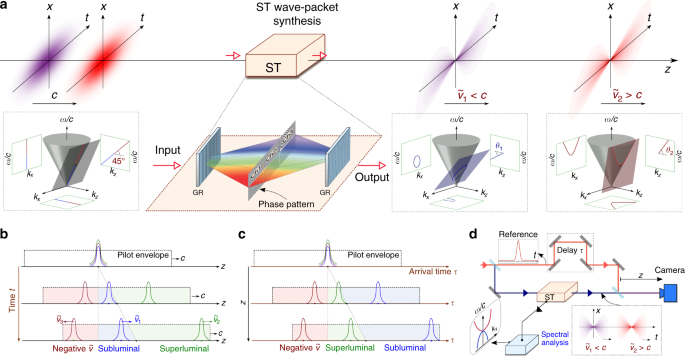
If FTL travel or FTL communication were possible, then causality would probably be violated and some veryįirst we will cover the trivial ways in which things can go FTL. Not inevitable that one day technology will enable us to go faster than light.

That someone would one day succeed in flying faster than sound, once technology got around the problems. The truth is that some engineers once said that controlled flight faster than sound mightīe impossible, and they were wrong about that. It was known that rifle bullets go faster than sound long before anĪircraft did. They say no-one will ever go faster than light." Actually it is probably not true that anybody said it It is sometimes objected that "they said no-one would ever go faster than sound and they were wrong. The foreseeable future), but it does cover some of the more common points that are This article is not a fullĪnswer to the question (which no doubt will continue to be discussed in the newsgroups for On the other hand, there are also good reasons to believe that realįTL travel and communication will always be unachievable. In actual fact, there are many trivial ways in which things can be goingįaster than light (FTL) in a sense, and there may be other more genuine It might be thought that special relativity provides a short negative answer to this The moon revolves round my head faster than light!

1969).Is Faster-Than-Light Travel or Communication Possible?
#WAVE EQUATION SUPERLUMINAL ENERGY SERIES#
The first indications of changes in the structure of some sources were obtained by an American-Australian team in a series of transpacific VLBI observations between 19 (Gubbay et al. In the introduction to a workshop on superluminal radio sources, Pearson and Zensus reported The apparent velocity is obtained by multiplying the observed proper motion by the distance, which could be up to 6 times the speed of light. The discovery was the result of a new technique called Very Long Baseline Interferometry, which allowed astronomers to set limits to the angular size of components and to determine positions to better than milli-arcseconds, and in particular to determine the change in positions on the sky, called proper motions, in a timespan of typically years. In 19 such sources were found as very distant astronomical radio sources, such as radio galaxies and quasars, and were called superluminal sources. In 1966 Martin Rees pointed out that "an object moving relativistically in suitable directions may appear to a distant observer to have a transverse velocity much greater than the velocity of light".

His discovery was published in the German journal Astronomische Nachrichten, and received little attention from English-speaking astronomers until many decades later. Superluminal motion was first observed in 1902 by Jacobus Kapteyn in the ejecta of the nova GK Persei, which had exploded in 1901. Perrine studied this phenomenon using photographic, spectroscopic, and polarization techniques.” Thought to be a nebula, the visual appearance was actually caused by light from the nova event reflected from the surrounding interstellar medium as the light moved outward from the star. telescope (Crossley), he discovered the apparent superluminal motion of the expanding light bubble around Nova Persei (1901). Perrine’s photograph of November 7th and 8th, 1901, secured with the Crossley Reflector, led to the remarkable discovery that the masses of nebulosity were apparently in motion, with a speed perhaps several hundred times as great as hitherto observed.” “Using the 36-in. The apparent superluminal motion in the faint nebula surrounding Nova Persei was first observed in 1901 by Charles Dillon Perrine. If the distance of the object from the Earth is known, the angular speed of the object can be measured, and we can naively calculate the speed via:Īpparent speed = distance to object ×, the only velocity on the sky that we can measure, is larger than the velocity of light in vacuum, i.e.

In tracking the movement of such objects across the sky, we can make a naive calculation of their speed by a simple distance divided by time calculation. Superluminal motion occurs as a special case of a more general phenomenon arising from the difference between the apparent speed of distant objects moving across the sky and their actual speed as measured at the source.


 0 kommentar(er)
0 kommentar(er)
